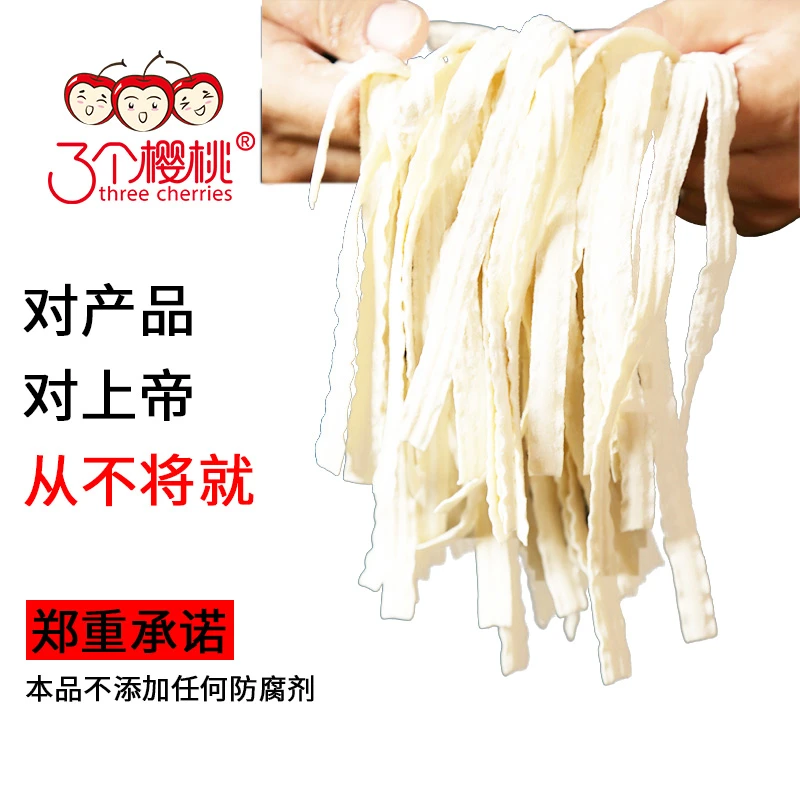packet noodles
The Cultural Phenomenon of Packet Noodles
In the fast-paced world we live in, convenience has become a vital aspect of our daily lives. One of the most popular symbols of this convenience is none other than packet noodles. Often seen as a quick meal solution, packet noodles have ascended from humble beginnings to become a cultural phenomenon across the globe. This article delves into the history, popularity, and cultural significance of packet noodles, showcasing why they are much more than just a fast meal.
A Brief History
Packet noodles, also known as instant noodles, originated in Japan in 1958 when Momofuku Ando, the founder of Nissin Food Products, invented a method to pre-cook and dehydrate ramen noodles. His innovative product, Chikin Ramen, offered a quick and easy way for consumers to enjoy a hot meal by simply adding boiling water. This revolutionary idea quickly gained popularity, leading to the introduction of Cup Noodles in 1971, which provided a portable option that appealed to busy consumers everywhere.
Since then, the concept of instant noodles has expanded worldwide, with countless flavors, styles, and brands emerging. From South Korea's spicy ramen to the aromatic curry noodles found in Thailand, packet noodles have evolved to reflect diverse culinary traditions and preferences, catering to a vast global audience.
A Global Sensation
Packet noodles have become a staple food item in many households, particularly among students, busy professionals, and individuals seeking budget-friendly meals
. Their affordability and convenience make them an attractive option for those who may not have the time or resources to prepare traditional meals. In many countries, packet noodles are not just a meal; they are a cultural touchstone. For example, in South Korea, eating instant noodles, often referred to as ramyeon, has become a national pastime, with specific brands and flavors gaining cult-like followings.packet noodles

In addition to their popularity as a standalone meal, packet noodles have sparked a culinary movement of creative cooking. Food enthusiasts experiment with various ingredients, transforming simple noodles into gourmet dishes. From adding vegetables to spice mixes and proteins, the versatility of packet noodles allows for endless customization—making them an ideal canvas for both novice cooks and seasoned chefs.
The Cultural Significance
Beyond their practicality, packet noodles hold cultural significance in the narratives of globalization and urbanization. They embody the societal shifts towards fast living and the need for accessible food solutions. In many developing nations, packet noodles offer a bridge between cultural traditions and modern eating habits, enriching local foodscapes while providing economic opportunities for local distributors and vendors.
Moreover, they serve as an embodiment of nostalgia for many individuals. For students living away from home, a bowl of instant noodles may evoke comfort and familiarity amid the stresses of university life. For others, packet noodles may remind them of childhood meals shared with family or late-night snacks after long days. These emotional connections highlight how even the simplest of foods can play a role in shaping personal and communal identities.
Conclusion
In conclusion, packet noodles represent much more than mere convenience; they are a reflection of cultural evolution, culinary creativity, and personal memories. Spanning continents and crossing borders, these easy-to-prepare meals connect individuals with diverse backgrounds, bringing them together through the common experience of nourishment. As we continue to embrace fast-paced lifestyles, it is likely that packet noodles will remain an enduring part of our culinary landscape—reminding us of the intricate interplay between tradition and innovation. Whether enjoyed on their own or transformed into elaborate dishes, packet noodles will always hold a special place in the hearts—and stomachs—of people around the world.
-
Unleash Your Inner Chef with Delectable Italian Pasta CreationsNewsAug.01,2025
-
Savor Health and Flavor: Irresistible Soba Noodles for Sale Await!NewsAug.01,2025
-
Nourish Your Body with Premium Organic Ramen - A Culinary Delight AwaitsNewsAug.01,2025
-
Elevate Your Dishes with Our Exquisite Kinds of Egg NoodlesNewsAug.01,2025
-
Dive into Flavorful Convenience with Our Ramen OfferingsNewsAug.01,2025
-
Discover Exquisite Types of Naengmyeon and Chilled Soba NoodlesNewsAug.01,2025
-
Is Whole Wheat Pasta Healthy?NewsMay.30,2025
Browse qua the following product new the we

















































































































